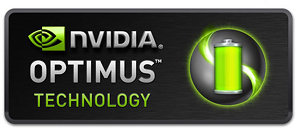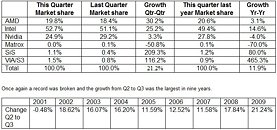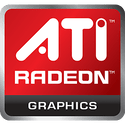Khronos Drives Evolution of Cross-Platform 3D Graphics with Release of OpenGL 4.1
The Khronos Group today announced the immediate release of the OpenGL 4.1 specification, bringing the very latest graphics functionality to the most advanced and widely adopted cross-platform 2D and 3D graphics API (application programming interface). OpenGL 4.1 is the sixth update to OpenGL specification in two years, continuing the rapid evolution of this royalty-free specification. This new version continues to maintain full backwards compatibility to enable developers to begin using new features whenever they choose, while portably accessing state-of-the-art GPU functionality across diverse operating systems and platforms.
The OpenGL 4.1 specification has been defined by the OpenGL ARB (Architecture Review Board) working group at Khronos, and includes the GLSL 4.10 update to the OpenGL Shading language and is accompanied by a number of extensions introducing cutting-edge functionality to the OpenGL standard. The full specification is available for immediate download here.
The OpenGL 4.1 specification has been defined by the OpenGL ARB (Architecture Review Board) working group at Khronos, and includes the GLSL 4.10 update to the OpenGL Shading language and is accompanied by a number of extensions introducing cutting-edge functionality to the OpenGL standard. The full specification is available for immediate download here.








